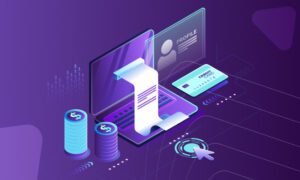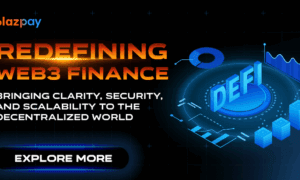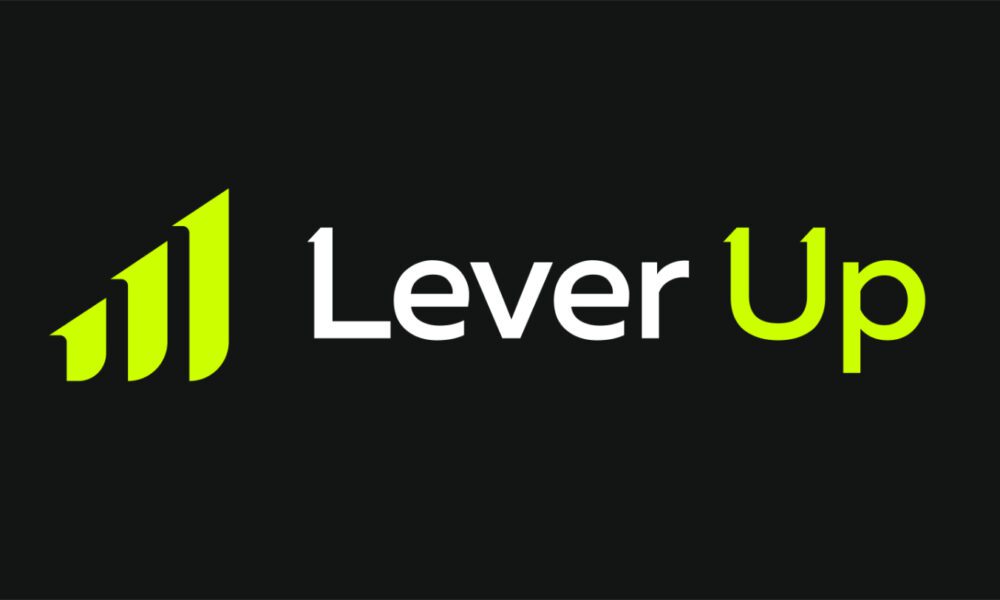The fintech industry is experiencing unprecedented growth. The AI segment in fintech alone is valued at approximately $17 billion in 2024 (Source: FinTech Statistics by Blockchain, AI and Facts (2025)). But this rapid expansion has exposed a critical operational bottleneck: customer outreach capacity.
While fintech companies have revolutionized how consumers interact with financial services, many still rely on manual or semi-automated calling processes. The truth is that these solutions can’t keep pace with their acquisition pipelines. The result? Lost conversions, compliance risks, and sales teams stretched beyond their breaking point.
The question isn’t whether to automate outreach, it’s how to do it intelligently. This is where Acefone’s auto phone dialer comes into the picture. Its multi-dialing solutions are fundamentally changing the economics of fintech customer engagement.
Let’s understand more.
The Hidden Cost of Manual Outreach
Traditional financial institutions could afford slow, relationship-driven sales cycles. Fintech businesses can’t. When you’re processing hundreds of loan applications daily, every minute of agent’s idle time represents revenue leakage.
The maths is stark. A sales representative manually dialing numbers spends only 60% of their time talking to customers. They have to find phone numbers, wait for rings, leave voicemails, and log outcomes. In a 100-call day, that translates to just 60 meaningful conversations. For fintech companies where conversion windows are measured in hours rather than weeks, this inefficiency is existential.
As you scale up, these inefficient costs scale up alongside. The challenge intensifies when you layer in regulatory complexity. KYC checks are especially important for fintech companies due to limited physical presence and high transaction volumes. This creates a paradox: you need to move faster while maintaining meticulous compliance, a tension that breaks traditional calling models.
As a result, most companies onboard auto dialing solutions. However, choosing just any solution won’t solve your problem.
Let’s understand the nuances.
Why Generic Auto Dialers Miss the Mark for Fintech Use Cases
On average, auto dialer costs typically range from $20 to $50 per user per month for basic plans. Enterprise-grade solutions often command significantly higher premiums. But pricing structures rarely capture real issues. Most auto phone dialer solutions were designed for homogeneous call centers, not the heterogeneous demands of fintech outreach.
Consider the operational reality. A fintech sales team simultaneously manages:
- Hot leads requiring immediate qualification: Pre-approved loan applicants who completed initial applications need rapid contact before they move to the competitors.
- Warm prospects needing context-rich engagement: Customers mid-way through KYC processes require agents who understand their specific documentation gaps.
- High-stakes recovery operations: Loan recovery calls need careful compliance adherence and cannot be rushed through predictive dialing algorithms.
A one-size-fits-all auto dialer treats these scenarios identically. It creates over-automations, damaging customer relationships or under-automations, and wasting agent capacity.
The solution?
Context-aware dialing modes that match outreach intensity to customer intent.
Acefone’s Multi-Dialing Framework
Acefone’s approach recognizes that fintech customer journeys aren’t linear, they’re episodic and intent-driven. Hence, the multi-dialing architecture supports five distinct modes, each optimized for specific funnel stages:
Auto Dialing for Scale Operations
These dialers are for processing welcome calls for newly onboarded digital banking customers or sending verification reminders. They fully automate campaigns and eliminate manual lag. This way, your teams can reach hundreds of prospects daily while maintaining consistent messaging across touchpoints.
Manual Mode for High-Value Negotiations
Complex loan structuring or wealth management consultations demand human judgment at every step. Manual dialing preserves relationship quality. All this, while still benefiting from CRM integration and call logging automation.
Preview Dialing for Compliance-Critical Conversations
Before initiating KYC verification calls or loan recovery discussions, agents receive full customer context. They get transaction history, previous interaction outcomes, and documentation status. This pre-call intelligence reduces compliance risks and improves first-call resolution rates.
Ratio Dialing for Balanced Campaigns
When running mixed portfolios (part qualification, part re-engagement) ratio dialing adjusts the dialing-to-agent ratio dynamically. This prevents agent overwhelm while maintaining consistent outreach velocity across campaign segments.
Progressive Dialing for Efficiency Maximization
As agents complete calls, the system queues the next connection, eliminating inter-call downtime. This mode works exceptionally well for brief and volume-sensitive conversations.
The strategic value emerges in orchestration. Your team might use auto dialing for morning application checks. After lunch, they switch to preview mode for complex loan approvals.
They end the day with progressive dialing for payment reminders. This flexibility prevents the rigidity of fixed systems.
Top Acefone Dialer Features That Enhance Fintech Calling Operations
Beyond the flexibility of multiple dialing modes, Acefone’s platform includes several purpose-built capabilities. These functionalities can directly address fintech-specific operational challenges and transform into a precision engagement engine.
Intelligent Lead Management for Zero-Loss Funnels
Acefone’s platform streamlines lead handling through smart automation tools like call labelling, CRM data fetching, and auto lead capturing. Every interaction is automatically tagged and synced with your CRM, ensuring no potential lead slips through the cracks.
Auto lead capture from inbound and outbound calls eliminates manual data entry errors. Real-time CRM integration provides a complete context for every customer touchpoint. This seamless flow of information helps teams prioritize follow-ups, shorten response times, and ultimately boost conversion rates.
Pre-Call Agent Assist
Fintech customers expect you to know their history. When agents ask “How can I help you today?”, they force customers to repeat provided information. This way, trust erodes. Acefone’s agent assist functionality surfaces customer context before the call gets connected.
This transforms conversations: “I see you’re 90% through your loan application, let’s complete that ID verification today.” First-call resolution rates improve, translating to reduced headcount or expanded capacity with existing teams.
Post Conversation Analytics
Traditional metrics only measure activity: how many calls were made, how long they lasted, and how quickly they were answered. But these numbers don’t capture effectiveness.
As fintech leaders, you need deeper visibility into outcomes:
- How did the customer feel during the conversation?
- Which topics or products are discussed most often?
- Were there signs of hesitation, interest, or frustration in the customer’s voice?
Acefone’s AI-powered Post-Conversation Analytics turn every customer interaction into actionable intelligence. The system uses advanced speech recognition and sentiment analysis to evaluate tone, emotion, and keyword frequency. It identifies patterns in speech (pauses, changes in pitch, or stress levels) that reveal how engaged or satisfied a customer truly was.
Beyond emotion tracking, the platform categorizes calls by topic, intent, and resolution. This way, you can instantly see which products drive the most inquiries, which pain points surface repeatedly, and which agents consistently achieve better outcomes.
Omnichannel Orchestration
Voice calls remain powerful for complex discussions, but single-channel strategies waste opportunities. Acefone’s omnichannel platform combines voice with automated SMS and WhatsApp follow-ups. This means that missed loan approval calls trigger immediate SMS with callback scheduling links. Ignored SMS prompts WhatsApp messages with simplified document upload.
For KYC verification, agents can instantly switch to secure video calls, allowing customers to complete identity checks in real time without visiting a branch. The shared unified inbox consolidates conversations across voice, video, WhatsApp, and SMS. This way, agents maintain context regardless of communication method.
AI-Powered Voice Bot
Human agents hit biological limits, experience fatigue, seek breaks, and manage one conversation at a time. Acefone’s AI integration deploys voice bots for routine verifications at scale: account activation confirmations, transaction validations, fraud alerts.
High-risk responses escalate instantly while routine confirmations resolve automatically.
Native CRM Integration
Isolated tools create data silos that blind leadership to funnel realities. Acefone offers integration with Salesforce, HubSpot, Zoho, Microsoft Dynamics, and 20+ industry-leading platforms. Here’s how it help make the workflows seamless:
- Every call automatically syncs to CRM records with complete metadata like:
- Call duration
- Call outcome and disposition
- Recording link
- Agent notes
- After that, conversion events feed back into campaign analytics for precise ROI calculation.
This enables sophisticated lifecycle marketing.
Choose the Solution That Grow with Your Complexity
As fintech sales and support leaders, the transition from manual to intelligent multi-dialing represents more than efficiency improvement. It’s a fundamental shift in operational capability. It’s the difference between hoping agents reach enough customers and knowing they’re reaching the right customers with the right context at the right time.
The companies winning in fintech customer outreach aren’t necessarily those with the best products or lowest prices. They’re the ones who can engage customers at scale while maintaining the personalization and compliance that builds lasting relationships.



































